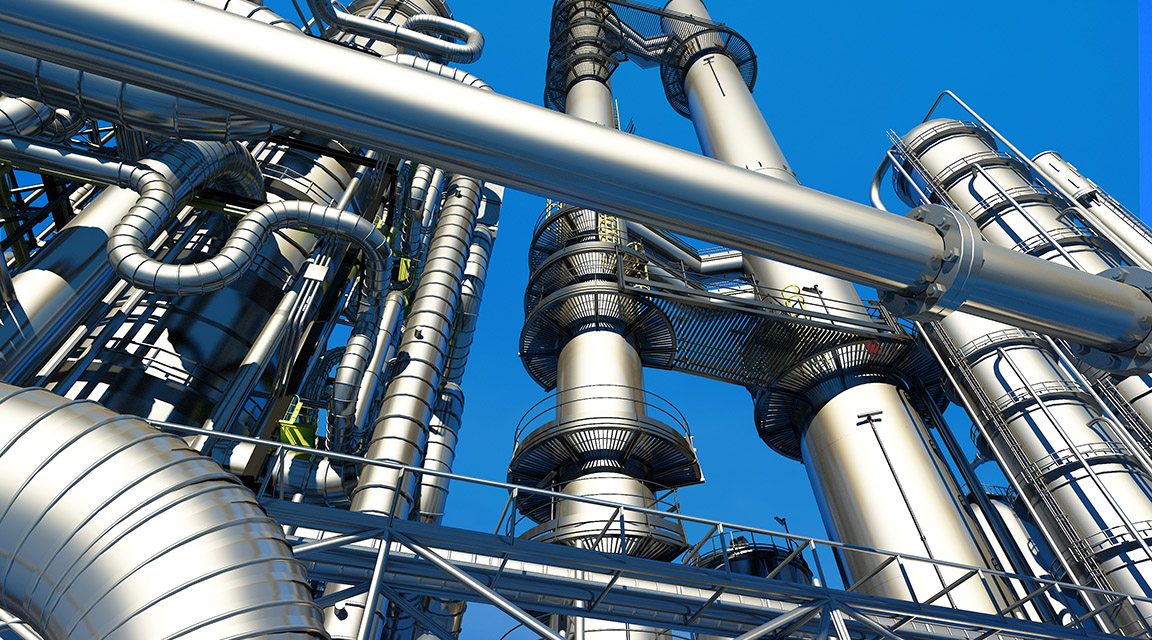

Technology is likely to prove key to producing gas from Abu Dhabi’s onshore Bab field at the right price, according to analysts.
Abu Dhabi National Oil Company (Adnoc) is focusing on developing a wide range of domestic gas fields in order to reduce its reliance on imported gas.
Many of the fields that are lined up to be developed over the next few years are offshore – but it is the onshore Bab gas field that could produce the most expensive gas.
“The problems with Bab is that the gas is dry,” said Wood Mackenzie analyst Tom Quinn.
Abu Dhabi's sour gas fields contain high levels of hydrogen sulphide, and this can end up solidifying inside the well if the gas is dry.
If the gas is wet, then the liquids that accompany the gas are likely to prevent the solid deposits building up.
“Producing from Bab may require liquids to be flushed into the well from day one, adding to operating costs,” said Quinn.
The offshore fields Shah, Hail, and Ghasha are all wet gas fields, so they are unlikely to need additional same kind of additional processes to flush them out .
Adnoc’s sour gas subsidiary is now known as Adnoc Sour Gas.
It was founded in 2010 under the name Al Hosn Gas and is a joint venture between Adnoc and Occidental Petroleum.
The $10bn Bab Sour Gas Project has stalled since Shell, which held a 40 per cent stake, pulled out in January 2016 saying the development did not fit with the company’s strategy.
At the time many analysts speculated that the high cost of producing gas from the field was a major factor in Shell’s decision to withdraw.
Earlier this month Adnoc’s chief economist Kamel Ben Naceur told MEED that the national oil company was now moving forward with the project once again.
Some analysts remain concerned that the project will not be viable in the current price environment. “Adnoc is developing a wide array of sour gas projects now,” said Quinn.
“The fact that other projects are being developed at the same time could help to reduce the cost of producing gas from Bab as there will be increased synergies,” added Quinn.
“Expertise on technology can be shared between the various projects, something that could lower operating costs.”
The project’s viability is still likely to rely on a number of variables, including a stable price environment.
Energy Minister Suhail al-Mazroui said in May 2017 that the UAE would be focusing on sour gas developments to meet its long-term energy needs and reduce the need to rely on costly liquefied natural gas (LNG) imports.
The Bab Sour Gas Project is expected to add a capacity of 500 million cubic feet a day (cf/d) of sales gas and will develop the Bab sour gas reservoirs, located 150 kilometres southwest of Abu Dhabi city.
Abu Dhabi completed its first major sour gas development, overseen by a joint venture of Adnoc and US-based Occidental Petroleum, at the onshore Shah field in 2016, with a total investment of about $10bn.
Adnoc Sour Gas issued prequalification documents for engineering, procurement, and construction (EPC) contracts for a gas plant and pipelines at the Shah field in October 2017.
Earlier this month, the US’ Bechtel was named as feed contractor on another sour gas project, known as the Hail and Ghasha Sour Gas Development.
The Hail and Ghasha Sour Gas Development is estimated to be worth $15bn.
You might also like...

Iraq signs deal to develop the Akkas gas field
25 April 2024

Emaar appoints beachfront project contractor
25 April 2024

Acwa Power signs $356m Barka extension
25 April 2024

AD Ports secures Angola port concession agreement
25 April 2024
A MEED Subscription...
Subscribe or upgrade your current MEED.com package to support your strategic planning with the MENA region’s best source of business information. Proceed to our online shop below to find out more about the features in each package.




